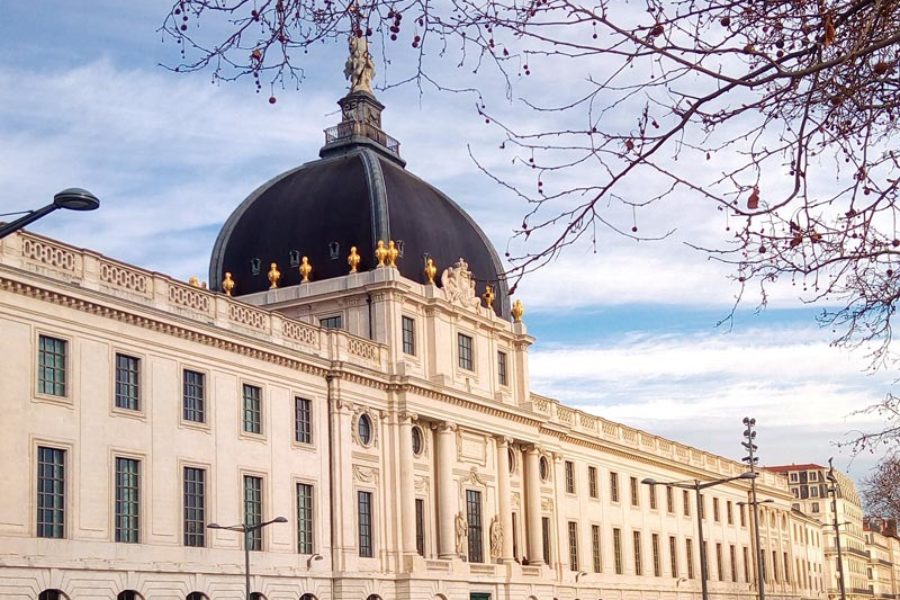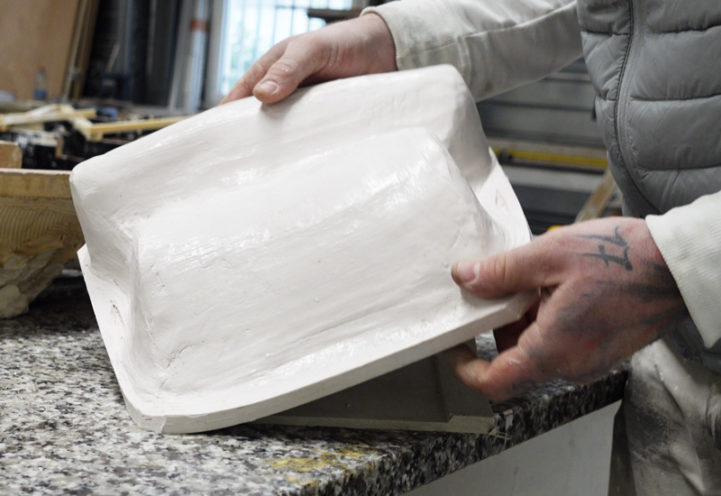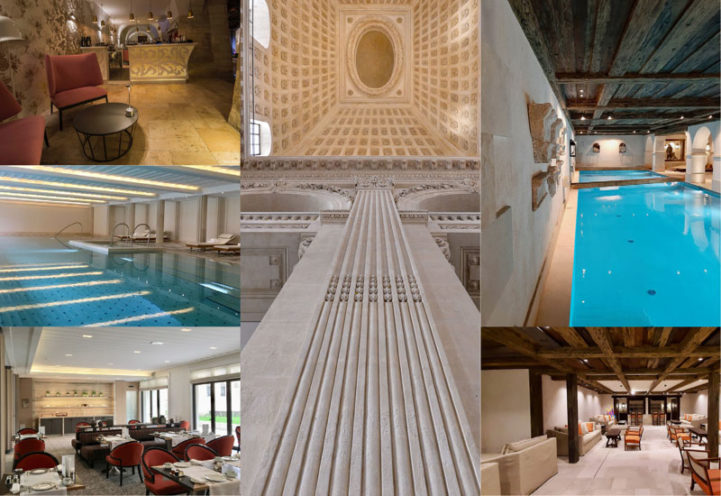Spectacular renovation of the Montélimar Theatre
The Montélimar Theatre is a real cultural site. Its construction was initiated by Emile Loubet, then Mayor of Montélimar.
The Montélimar Theatre underwent conservation work in 2014 and 2015 after shutting its doors to the public in 2006 for safety reasons. The paint, lighting, heating and roof were redone in order to preserve the building.
This refurbishment was completed after two years of work, the primary goal of which was to increase the theatre’s seating capacity.The renovation project was entrusted to architect Maria Godlewska, a specialist in cultural and public sites.
A look at an extraordinary refurbishment
An unmissable architectural environnement
This Italian style theatre, with its neoclassical façade, inhabits the centre of the town of Montélimar, France. Designed by local architect Adam Niewarowicz, the building’s construction spanned three years, from 1882 to 1885.
Although harshly criticized by newspapers at the time for its aesthetics, its orientation and its interior layout, the Montélimar Theatre still managed to pull in the crowds for its inauguration. A performance was given on that occasion, on 11 February 1885.
The installation of a fountain on the theatre’s forecourt put the finishing touch on the site’s beautification whilst adding a dash of refinement.
Preserved period architecture
After lying dormant for nearly two decades, the Montélimar Theatre is ready to be reborn!
The primary goal of the refurbishment was to conserve the historical and architectural aspects of this true cultural icon. As a result, the original façades have not been moved, and the venue’s architectural styles have been preserved.
To accentuate the façade and its columns, the Montélimar Theatre was fitted with adjustable colour lighting (blue, white, red, pink, purple, etc.) depending on the event. A showcase for history with the addition of a few modern touches.
Interior décor combinant clean lines and baroque motifs
Although the façades and columns have been preserved, the existing internal structures were all dismantled.
“There’s barely anything we will keep. We’re going to redo it all.” Maria Godlewska
The interior component of this refurbishment involved doubling the theatre’s seating capacity and expanding its stage.
This enlargement was only possible by expanding the size of the auditorium and the proscenium arch. The number of seats was doubled thanks to the stalls and a balcony, increasing the capacity from 250 to 470 seats.
The new layout of this cultural venue is modern and streamlined but still retains its former Italian inspiration.
The colour red is given pride of place in the form of supple finishes, seats and fabric-lined walls and railings, giving the entire stage a consistent look and creating a striking contrast with the immaculately white balconies.
An extension was also added at the rear of the building to increase the theatre’s capacity and accommodate its annexes.
Contribution from Maison Rouveure Marquez
The ornamental plasterers at Maison Rouveure Marquez are proud to have participated in the incredible refurbishment of the Montélimar Theatre. They put their know-how to work in order to anchor the renovation in the universe envisaged by the architect.
Production and installation of fibrous plaster railings for the balconies, the proscenium arch and the magnificent soaring, rounded ceiling.
To read also

A look at the architectural refurbishment of Lyon’s Hôtel-Dieu. A large-scale project to showcase this heritage and its history.

A look at the (re)birth of the Mademoiselle hotel, in the heart of Val-d’Isère. Architecture at the base of the slopes, inspired by the Middle Ages.






